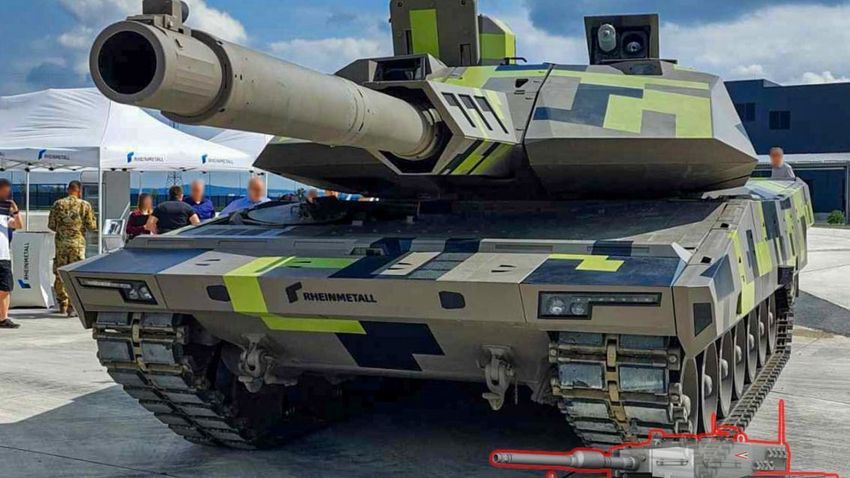The Hungarian government has reportedly agreed “in principle” with Germany’s Rheinmetall weapons producer on the development, production and commissioning of the KF51 Panther tank in Hungary. If the deal goes through as expected, Hungary would be the first in the world to equip its forces with the advanced battle tank, even ahead of Germany’s own Bundeswehr, which is expected to stick with the Leopard 2 tank..
The Panther main battle tank has been presented by Rheinmetall CEO Armin Papperger as the successor to the Leopard 2 tank, which is also produced by Rheinmetall. The move would provide Hungary’s armed forces a major boost, giving first access to a tank being described as a digital “super tank.”
Papperger, however, stated last year that the Panther tank still requires a number of upgrades, including a new chassis. The tank is expected to be manufactured and developed in Hungary, and the Hungarian government is also investing €300 million into the project.
In a separate interview with NDR, Papperger stated that the Panther should be ready for mass production within 15 months.
According to German media outlet Handlesblatt, the Panther will outshine the Leopard 2 in some areas, including its electronics system, which will feature a drone control interface. Cost will also be a factor, with a Panther KF51 costing only $15 million, which is one-third the price of a new Leopard 2.
The Leopard also features a smaller gun, at 120-millimete, whereas th Panther will feature a larger-sized 130-millimeter gun. Due to the larger ammunition – especially their length and weight – the manufacturer would switch to an automatic loading system instead of the manual loading system common in NATO. There is speculation that the loader will then be replaced with a drone operator, who can guide the tank, scout out enemies, and direct fire. Not only would the tank have a drone launcher, but could also launch missiles from a bay, which could be guided to targets behind cover.





